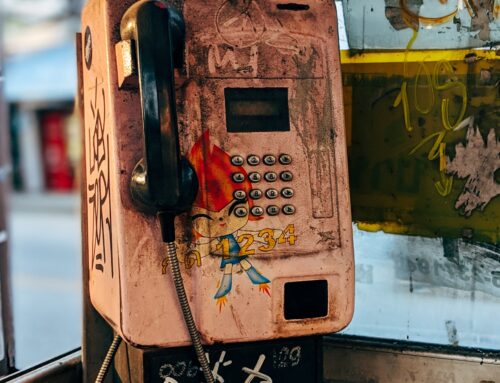Unfortunately, illnesses don’t care about disasters. They’ll keep coming at you regardless of whether or not you’re in an emergency situation. Few people take into consideration that when disasters hit, there won’t be access to the same level of medical care or prescriptions. Storing survival antibiotics becomes important as you want them to last as long as possible.
What do I need?
You’ll want to start gathering now and learn how to store antibiotics correctly for your future. There are a handful of antibiotics you want to prioritize to add in a good first aid kit. These 8 important antibiotics are ampicillin, sulfamethoxazole, amoxicillin, metronidazole, ciprofloxacin, cephalexin, polymyxin and bacitracin. These are generally wide-range antibiotics that are efficient on many types of bacterial infections. Note that the information given in this article on antibiotics is for information only. Unless being stuck in the apocalypse, a doctor should always be consulted before using any of these medications.
How do I get them?
Some of these products can be found in low dose over the counter in any Pharmacy. An example is Polysporin, which contains polymyxin and bacitracin. This makes it perfect as a topical antibiotics for minor cuts and scratches. For more potent creams and oral products, you will need a prescription.
When antibiotics are prescribed to you or your family, if you have leftovers (after taking the amount recommended by your doctor), you can keep them for your survival kit.
One place to go are travel clinics. These clinics will generally provide limited quantities of preventative antibiotics depending on the country you may visit.
Can’t get the medication you want in your survival kit? You can do what some other preppers are doing and buy the equivalent of human antibiotics right off the shelf in your local veterinarian’s office and you don’t need a prescription to get this medication. There are some medications that are prescribed to animals that are the same ones that are given to humans. However, make sure you are well informed on the product you are looking for before taking this route.
When you are stocking on survival antibiotics, you need to make sure these will only be used in a survival situation. As long as the health system exists (even if its not always perfect), it should be used. You should visit your doctor or health professional when you have an infection and purchase what is recommended to treat your infection.
What about the “use by” date?
A common false assumption is:
“My meds are expired, but this date doesn’t mean that if it’s past that time, suddenly the medication is no longer effective.”
This is both true and not true… All manufacturers put expiration dates on their medication as they are required by law to so. However, this is not an arbitrary date based on nothing. Manufacturers are required to conduct stability studies, which are designed to challenge the medication’s shelf life.
Once the shelf life has been defined, an expiry date strategy is created by the company. They might decide to go with an expiry date in line with the stability studies or decide to go with a shorter one. This usually happens when a product is very stable. For example, they won’t want to give 8 years expiry to a product for which they know is very stable, so they might decide on 24 or 36 months. Unfortunately, the public only sees what the company decides to put as an expiry date / use by date, and not the shelf life studies.
So if we go back to a survival situation, where fresh antibiotics is not available… What’s the risk of keeping them longer than the expiry date? Generally a few months after the expiry date, the risks are low. The antibiotics potency could go slightly under the labelled claim and degradation products may go up, but not in an alarming way. In other words, the user would probably not see a difference. After a few years, the product may have degraded a lot more, and active ingredient would be present less and less in the product. Many years after the expiry date, it could get up to a point where the degradation products have toxic effects.
The survivor will have to judge and weigh the risks. If you or someone in your family has a life threatening infection, you will not care that your antibiotic is expired and will probably want to take the risk…
How do I store them?
When it comes to keeping your survival antibiotics, heat and moisture can render them useless. You want to make sure to store them in a cool and dry place. If they are kept in your bug out bag, make sure your bug out bag is kept in a cool place.
What most preppers do is to store their antibiotics in the freezer. You want to seal them up first with a vacuum seal. The lower temperatures keeps the medicine from breaking down the way they would if stored at room temperature or warmer. If you do this, the vacuum seal is very important, as you don’t want any humidity from the freezer to reach the product. Double-bag it if you can.
In summary
So in summary, keeping wide-range antibiotics that are efficient on many types of bacterial infections is a good way of being prepared. Most medications can last a couple of years past that use by date. But in order for them to be efficient and not dangerous, you have to store them properly. Remember that the older the antibiotic, the more risk!






